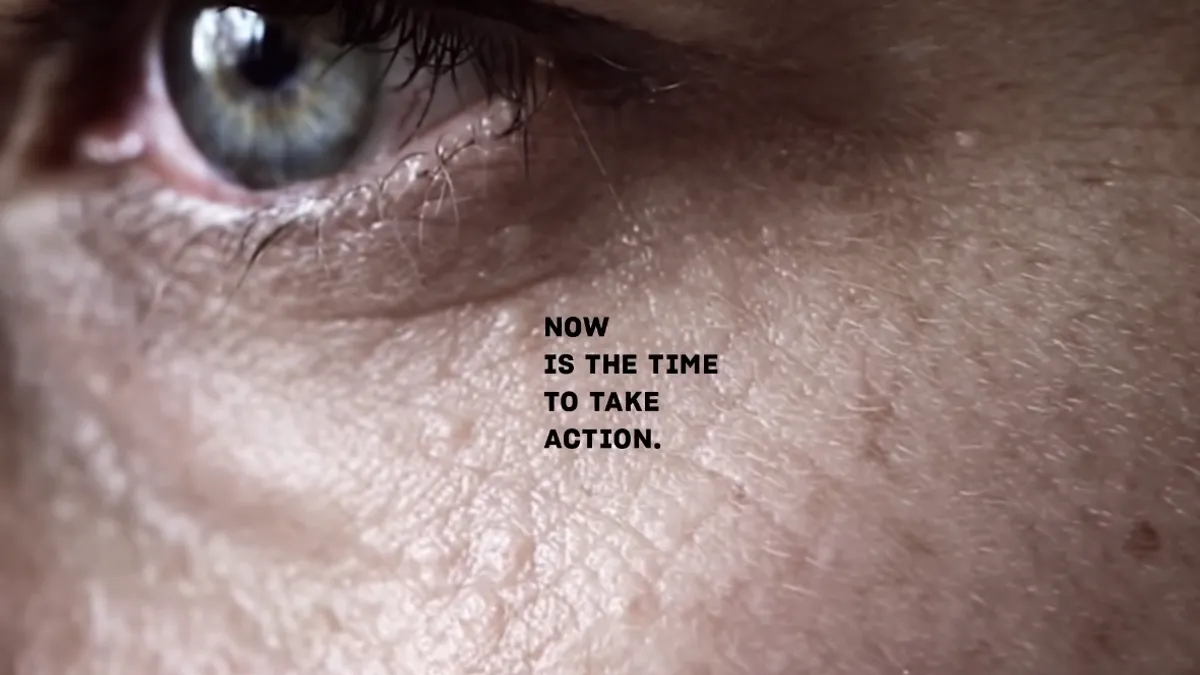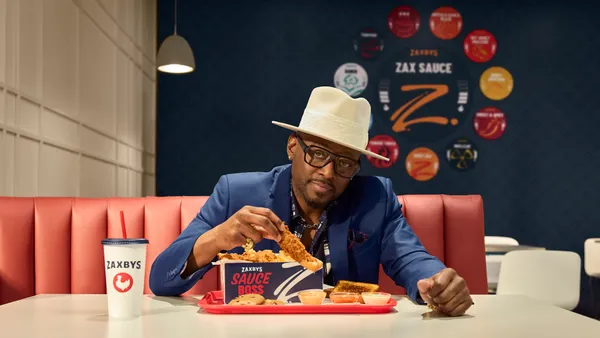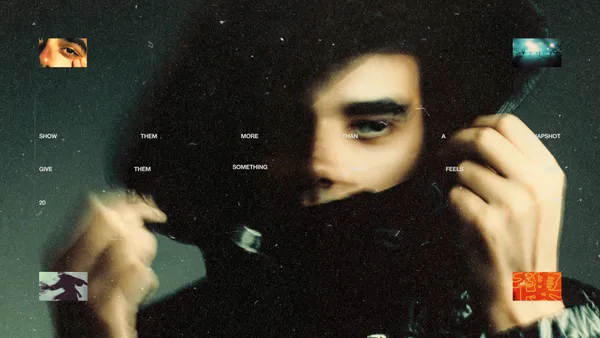Soon after the coronavirus pandemic began to roil the U.S. in the spring, marketers pulled scheduled campaigns that pushed product in favor of creative supporting frontline workers and emphasizing resiliency. Messaging strategy was further shaken up just months later upon the killing of George Floyd while in police custody and subsequent protests for racial justice, adding to an already heavy cultural moment in America.
Procter & Gamble, which was intentionally less active in its public proclamations during the pandemic's early days, responded to Floyd's death and the resulting civil rights push with a bold ad titled "The Choice" that directly implores White consumers to acknowledge their privilege and take action. The sparse, 75-second spot, which features no P&G brands, nods to the Black Lives Matter movement and emphasizes that White individuals not personally viewing their actions as racist is not enough to create real change.
"Being white in America is not needing to state your life matters. And when your life matters, you have power. Now is the time to use it," the ad reads, urging viewers to seek out resources to educate themselves about race, as well as to march, donate and vote for the social causes they care about.
"The Choice" was the centerpiece of a multimillion-dollar marketing push that comprised P&G's most concentrated effort yet to combat bias, and illustrated how marketers can usher people from conversation to action through additional resources that go beyond an ad.
"Communication is just the tip of the iceberg," Procter & Gamble's Chief Communications Officer Damon Jones said on a virtual panel in October. "When we start a campaign, we don't start that conversation with 'What do you want to say?' We start it with 'What are you doing?'"
Initial reactions to "The Choice" were mixed, with some consumers perceiving the spot as heavy-handed. Ace Metrix found the ad ventured into the "danger zone" of being more exploitative than empowering.
Still, the company stands out for taking a non-promotional approach that builds on previous efforts to address racial inequality that have also courted controversy, but over time grown to be standout examples of purposeful marketing.
Bigger ambitions
P&G leveraging its voice as one of the world's largest advertisers to affect change isn't new. Since 2006, it has run the "My Black is Beautiful" Facebook page and microsite filled with videos, articles and other resources to empower Black women and girls.
In 2017, the packaged goods behemoth parlayed its global voice into a powerful, Emmy-winning ad, "The Talk," to start examining the complex social issue of racism, then followed up the effort two years later with "The Look." This year's "The Choice" extends P&G's prior messaging around race, but is running parallel to broader internal initiatives that look to further diversity and inclusion as well.
"We talk about progress, not perfection. It's not about stepping back and waiting for your track record to be perfect," Jones said during the October panel.
The marketer reinforced its purpose-driven messaging just weeks after debuting "The Choice" with a pledge from leadership around eliminating racial inequality. At a virtual Cannes Lions event in late June, Chief Brand Officer Marc Pritchard outlined benchmarks P&G set for itself, including better multicultural representation in the U.S., accelerating investments in Black-owned and -operated media companies and taking a closer look at the company's media plan to ensure all groups are represented fairly. Pritchard said P&G would take action when those standards aren't met, including by cutting off media spending.
In a November report by the Association of National Advertisers, of which Pritchard is the board of directors' chairman, the executive disclosed headway in hiring more women but noted there's room for improvement around better ethnic inclusion.
"At P&G, we have nearly achieved our aspiration of gender equality in the management ranks," Pritchard said. "We're making strong progress, but still have more work to do to achieve our aspiration of racial and ethnic representation equal to the U.S. population."
"We talk about progress, not perfection. It's not about stepping back and waiting for your track record to be perfect."

Damon Jones
Chief communications officer, Procter & Gamble
A brand that imbues its values into purposeful marketing over the years — especially during tough times — can turn fans into longer-term loyalists, outweighing the potential loss of alienated customers.
At the same time, treading into strongly emotional territories like racism comes with significant hurdles. Even if viewers share the same viewpoint as the advertiser, creating marketing messages around social movements can be fraught with landmines as marketers juggle the challenges of using homegrown social movements as a brand platform.
P&G could ward off criticism given its longer history of discussing racism and by providing financial support to relevant causes. The company this summer made an initial $5 million donation as part of its "Take on Race" fund that includes partner organizations like the NAACP Legal Defense and Education Fund, YWCA Stand Against Racism and the United Negro College Fund.
For P&G, pledging to be a force for social change also means approaching campaigns differently, focusing on progress over perfection and not retreating even amid backlash in the coming months. Forfeiting potential customers is sometimes part of committing to these meaningful conversations, Jones said.
"We don't hold everyone agreeing with us as the standard," he said. "What we do hold ourselves to is making sure that we are connecting meaningfully with our consumers and we are recognizing and representing them positively and doing that consistently."




 Read more
Read more










